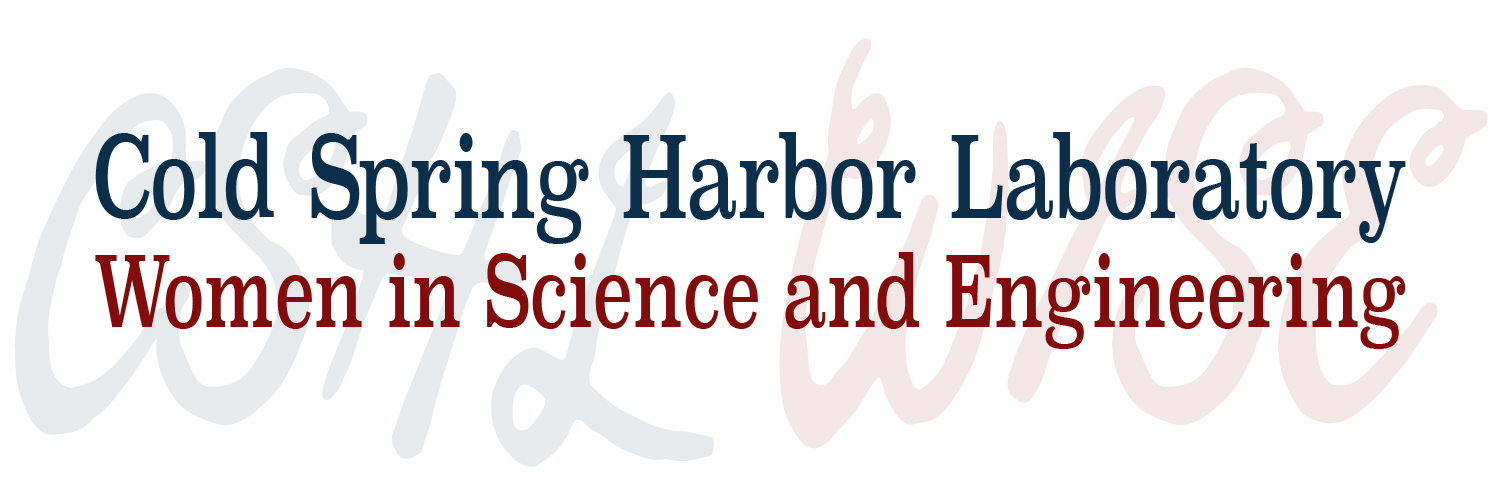 Ada Yonath was born in Jerusalem in 1939 to a family that struggled financially but was determined for her to get a good education. As a child, she found comfort and excitement in books and she gave math lessons in lieu of tuition at a prestigious high school. She received a bachelor’s degree in chemistry followed by a master’s degree in biochemistry from the Hebrew University of Jerusalem, then earned a PhD from the Weizmann Institute of Science. After her PhD, she ventured outside of her homeland, completing postdocs at Carnegie Mellon and MIT, before returning to the Weizmann Institute, where she started Israel’s first protein crystallography lab – it would serve as Israel’s only such lab for almost a decade.
Ada Yonath was born in Jerusalem in 1939 to a family that struggled financially but was determined for her to get a good education. As a child, she found comfort and excitement in books and she gave math lessons in lieu of tuition at a prestigious high school. She received a bachelor’s degree in chemistry followed by a master’s degree in biochemistry from the Hebrew University of Jerusalem, then earned a PhD from the Weizmann Institute of Science. After her PhD, she ventured outside of her homeland, completing postdocs at Carnegie Mellon and MIT, before returning to the Weizmann Institute, where she started Israel’s first protein crystallography lab – it would serve as Israel’s only such lab for almost a decade.
Interested in protein biosynthesis, she set out to determine the structure of ribosomes, molecular complexes that translate mRNA into protein. Many scientists around the world thought she was wasting her time, arguing that the structures were too large and complex. Undeterred, Ada persevered, splitting her time and energy between her lab at the Weizmann Institute and Germany’s Max Planck Institute. While crystallography is almost always difficult, determining the 3D structure of ribosomes came with extra challenges. Crystallography is best suited for molecules that are well-structured and rigid, but ribosomes contain multiple protein and RNA components, are flexible and unstable, and are internally asymmetrical. To confront these challenges, she had to get creative. An article about bears packing their ribosomes within cells before hibernation inspired Ada to seek out particularly stable ribosomes, finding such complexes in bacteria living in extreme environments such as the Dead Sea and thermal springs. Even with these hardier ribosomes, however, crystallography still posed a formidable challenge, and, if she was to be successful, Ada would have to develop innovative techniques.
In crystallography, powerful X-ray beams are targeted at molecules – upon contact, the beams are diffracted and scientists work backwards from the diffraction pattern to figure out the structure that gave rise to it. The powerful X-ray beams used can damage the particles they’re imaging, and this damage was hampering Ada’s progress in solving the ribosome’s structure, so she invented a technique called cryo-bio-crystallography, in which she froze her crystals at extremely low temperatures prior to imaging. This technique paid off and, along with other methods Ada developed, is currently used in crystallography labs around the world. In 2000 and 2001 Ada published complete structures of both subunits of bacterial ribosomes. These structures helped Ada elucidate the mechanisms of protein synthesis and determine how a variety of antibiotics targeted bacterial ribosomes, valuable information for the development of targeted drugs.
In 2009, she received a Nobel Prize for Chemistry (shared with Venkatraman Ramakrishnan and Thomas Steiz) for this work, breaking a 45-year all-male streak. She was the first Israeli woman to receive a Nobel Prize & the first Middle Eastern woman to win a scientific Nobel Prize. In addition to the Nobel, she has received multiple honorary doctorates and a long list of awards and she has been elected to numerous scientific organizations including the US National Academy of Sciences. She currently serves as the director of the Weizmann Institute’s Biomolecular Structure and Assembly center. While she has been invited to give scientific lectures around the world, perhaps one of her favorite invitations was from her 5-year-old granddaughter who invited her to talk about ribosomes to her kindergarten class.
Picture credit: Weizmann Institute of Science
[sharethis-inline-buttons]
